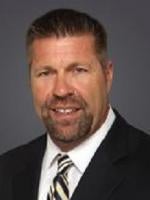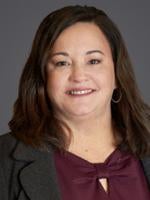On January 8, 2021, the California Division of Occupational Safety and Health (Cal/OSHA) released an updated version of its frequently asked questions (FAQs) guidance, entitled “COVID-19 Emergency Temporary Standards Frequently Asked Questions,” which includes information about COVID-19 Emergency Temporary Standards. The FAQs address a number of issues about COVID-19 testing and outbreak procedures and processes.
Under the emergency temporary standards adopted on November 30, 2020, California employers must comply with a multitude of duties and responsibilities for workplace testing, and in the event of multiple COVID-19 positive cases in a short period, outbreak procedures to minimize COVID-19 hazards in the workplace.
The FAQs provide answers to common questions posed by California employers regarding COVID-19 testing and outbreak procedures:
-
Employers do not have to provide testing to employees at their work locations. Employers “may provide testing to employees at a testing site separate from their work location.”
-
Employers can use free testing provided by cities and counties as long as the employees do not incur any testing costs. According to the FAQs, this “would also include reimbursing employees for travel costs to the testing site (e.g., mileage or public transportation costs).”
-
An employee’s refusal to take a COVID-19 test does not violate the emergency temporary standards. The FAQs state that employers are “not required to obtain a signed declination from employees who refuse to take a COVID-19 test.” This new position on employee testing refusals surprised many workplace safety professionals because section 3205.1(b)(2)(A) of the emergency temporary standards is very specific that in outbreak situations, “all employees in the exposed workplace shall be tested” [Emphasis added.] The FAQs appear to soften this language by requiring that employers simply offer or provide testing.
-
When Assembly Bill 685 went into effect on January 1, 2021, the “exposed workplace” definition did not change. According to the FAQs, the term “exposed workplace” includes “only the areas of the building where the COVID-19 cases were present during the ‘high-risk exposure period’.”
-
Employers should not consider common areas through which COVID-19 cases pass or spend transitory time when calculating an outbreak and the “exposed workplace.”
-
Employers can consider non-overlapping shifts as separate workplaces “[i]f the facility is well ventilated and the cleaning and disinfection requirements of the [emergency temporary standards] are met between or before shift changes.”






 />i
/>i

